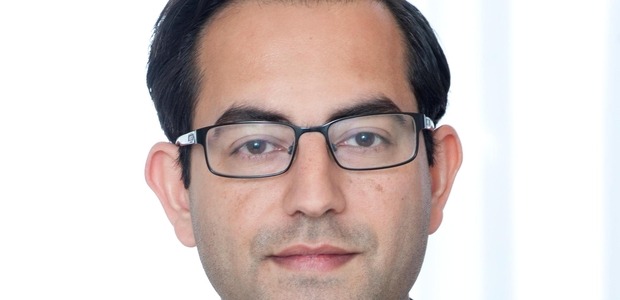advertisement
Simplify the approach to M-commerce – Mobilize, Connect, Encourage
Transferring money using a mobile phone should be as easy, simple, and affordable as sending an SMS. However, this is…

Transferring money using a mobile phone should be as easy, simple, and affordable as sending an SMS. However, this is only possible when mobile financial services are built on an open ecosystem, and subscribers have the freedom to choose from a range of financial services and operators.
An efficient approach to the M-commerce opportunity is simple: mobilize the billions of transactions made every day around the world, connect the closed loop and controlled environment of the financial services sector, and encourage mobile operators and other industry players to leverage their existing assets by offering compelling mobile-money services to their subscribers.
Mobile money is a high priority for many mobile operators, financial institutions, technology firms, and governments. In regions such as sub-Saharan Africa, where financial inclusion is limited, mobile money promises a more convenient and lower-cost alternative to traditional banking.
advertisement
From buying a cup of coffee to paying bills or sharing money with the family back home, three quarters of the world’s payments are still made in cash. Why? Because the current financial services are either too complex, time consuming or expensive for the small transactions we make every day. M-commerce enables banks and operators to offer services in the easiest way possible, by making payments simpler, more affordable, and easily accessible for the whole value chain.
When banks and operators come together, they can turn these small revenue streams into big business by using mobility as a means to offer every consumer the benefits of being a banked customer: convenience, security, inclusion and empowerment. As an example, M-Pesa in Kenya is a true mobile-money success story.
The latest World Bank report shows that some 2 billion people are unbanked globally, with the majority in emerging markets and developing countries. Many people in developing countries, and especially in rural areas, live a significant distance from the nearest bank. Economies outside of government regulation, taxation or observation currently account for over half of global employment and as much as 90% of employment in poorer developing countries. There is a dual opportunity to uplift the lives of the 2 billion unbanked people by providing them access to formal financial services and secondly, to convert this informal economy into a formal contributor of GDP in many countries. The Asbanc initiative in Peru, the country’s largest private initiative for financial inclusion, is a chief example. In 2014, ASBANC, Peru’s National Bank Association, selected Ericsson to design and implement its country wide mobile money project, the country’s largest private initiative for financial inclusion. ASBANC estimates that 2.1 million Peruvians will own and benefit from a mobile wallet by 2019. We will see similar initiatives in other parts of the world going forward, aiming for financial inclusion for the un-banked.
advertisement
Sub-Saharan Africa is one of the regions with high numbers of people who don’t have bank accounts, but which also has the fastest growing mobile money market. This trend suggests that mobile phones may be the only viable way to access financial services.
Mobile phones act as payment terminals with phone numbers acting as identifiers. The assets are already there – just connect a wallet that communicates with these systems, and you’re ready to go.
Security is one of the key concerns for mobile money users, financial institutions and operators need to be equipped with best-in-class security capabilities to minimize financial losses due to fraud and security breaches. Security needs to be addressed at different levels from access control, network security, and vulnerability analysis and data encryption to drive consumer trust.Solutions such as the Ericsson Wallet Platform,that provide financial institutions and operators with best-in-class security capabilities for mobile money services and make it easier and less costly to certify card-based offerings, address this problem.
advertisement
The freedom to send, spend and receive money with a mobile phone is quickly becoming an essential part of life for billions of people around the world. It isa cornerstone of the Networked Society, calling for a change where existing payment networks are connected and inter-operable, making M-commerce just as easy as using cash.
Mobile technologies should be used to transform the way money is sent, spent and received, and that means bringing banks and operators together with solutions that are inherently simple, cost efficient, secure and scalable to billions.
(Rajiv Bhatia is Head of Mobile Commerce Sales for EMEA region at Ericsson).